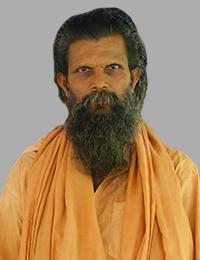Srividya Guru Parampara
Bhasuranandhanathan
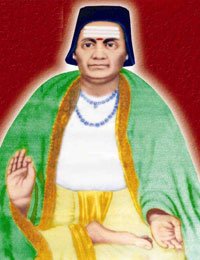
Dharmanandanathan
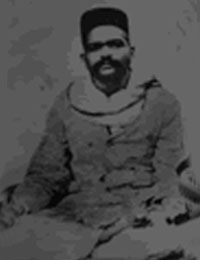
Dheeranandanathan
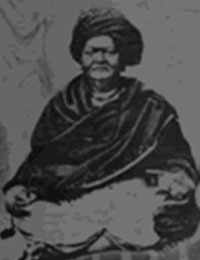
Bhumanandanathan
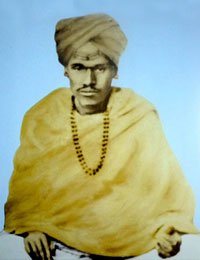
Ambanandanada
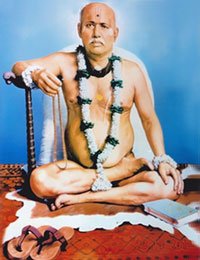
Yogeesanandanathan
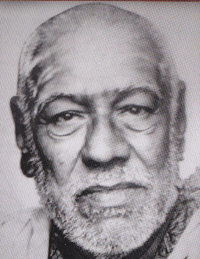
Samvithamba
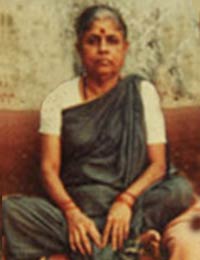
Gangananda Nathan
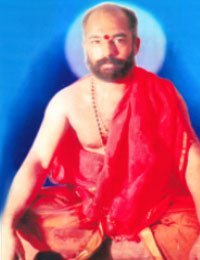
Dheeranandanathan
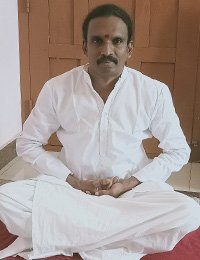
Dakshinamoorthy
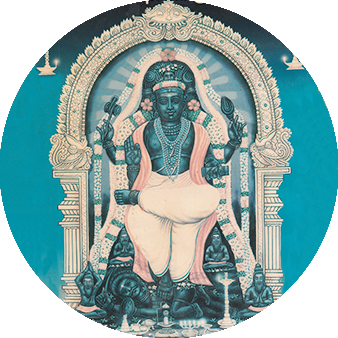
Our tradition is to see anyone who teaches us anything, not only spiritualism, as a Guru (Master).
Even though the man is the greatest among all the creations of the universe, he has several things to learn from the nature. The growth of modern science and technology is the result of human effort to study the nature deeply. The modern sciences were developed by the external facts which can be observed. But the Indian saints concentrated on the internal facts. They discovered that each material in the universe has an internal force which is the cause of its existence and that the entire universe will be in danger if that force is interrupted. They understood the relation between the earth where man lives and the stars and planets around it. They found that the human being as the symbol of the universe with all of its qualities. They described the surprising force which causes the existence of everything as ‘gurutva’ (the gravitational force). The search to find out the essence of gurutva, helped them to understand the greatness of gurutva and thus the word ‘gurutva’ was established at every level of Indian life. It is the extreme reverence for the masters and elders. One should respect his mother, father and the master as Gods. It is a very important principle in Indian culture.
Actually, the Indian concept of master is nothing but the source of the concept of God. The slokas (poetry with four lines with specific meters) stating that a Guru is Brahma, Vishnu and Maheswara (three important Gods of Hindu religion), Guru eradicates the darkness of ignorance and that Guru is the universe are famous in Indian literature. These lines indicate the importance of venerating a Guru. Even the modern science accepts that the secret of the universe cannot be seen by our bare eyes. We need an inner sight to see the real shape of such a universe. These slokas mean that a Guru is one who is capable to act in the depth of our minds to open our eyes. When our inner eyes are open, we will be able to understand the answer of the question, ‘who am I?’ In the third sloka, it is said that Guru helps us to realize the matter which is spread in the universe. The truth that the Guru is one who provides spiritual and the eternal knowledge or perspective to the disciple is the foundation stone of all Indian sciences.
There is another sloka in ‘Kaularnava Tantra’ which states that if God Siva is angry with us, a Guru will save us; but if a Guru becomes angry, nobody can save us. Still, there are examples of disciples who earn the affection and blessing of a Guru becomes successful in life. But if a disciple earns the curse of a Guru he becomes defeated in life. If we think deeply, it can be understood that the reason for India’s present decline is that we lost our gurutva.
The vital secret in a Guru-disciple relation is that a part of the personality of the Guru spreads to the disciple also. At this moment, the question that from where the lineage masters has begun is reasonable. It can be seen that a Guru is preceded by another Guru and thus it moves back. It moves back as Swaguru, Paramaguru and Parameshtiguru. The followers of spiritual science can give only one answer and that it must have begun from Paramasiva. The Sivaswaroopa named ‘Dakshinamurthy’ indicates this fact.
We should accept the fact that the method of spiritualism is a psycho-physical reality and that it can be transferred from one generation to another only through the system of traditional masters of Gurus. A Guru is unique, and a Guru has no difference from another. We have seen that the first Guru in this series is God Siva. The vitality of Siva is the true knowledge and has been transferred in seed from one generation to the next. If we understand this, it can be seen that a good master with all qualities is the part of Siva. Hence, we have to venerate a Guru with all respects that we give Siva. The snake shaped force lying in three and half rolls at the lowest end of the spine is termed as ‘Kundalini’ in Yoga science. This force is to be awakened if sense of spirituality is to be felt. The process of waking up this force is the spiritual worship or sadhana. A Guru with a clear traditional lineage is needed for this process.
The essence of Indian philosophy is that a Guru is the flow of Siva force from the point space (Bindusthana) of Sahasrara to the spinal nerve. (Sahasrara is the Sanskrit name for the chakra located in the crown area of the skull.) The real aim of the process of reception of knowledge is to enter that truth into me and to wake up me. This is the background of the famous sentence of Vivekananda that ‘the education is the manifestation of perfection already inherent in man’. Everything is lying in the depth of our mind. If we get proper treatment, our inner eyes will be opened and we will get a real perspective of the universe. That is why in India, we got unification for the concept of Guru. Our aim is to re-establish the Indian concept of Guru, which is spoiled by the Western culture, with its perfection.
Yogeesanandanathan (Neelakantamahadeva Joshi)
Neelakantamahadeva Joshi was born as the son of scholar Mahadeva Bhatt at Rameswaram in 1903. It was the grandfather of Mahadeva Bhatt, Lokanatha Siva (Lokanatha Muni) who formed the systems of veneration in the famous Rameswaram temple. The same Lokanatha Muni only had erected the Sree Chakra in the Gandhamadana temple in Rameswaram. When Mahadeva Bhatt was just thirteen, his father Neelakantan expired. Hence, Mahadeva Bhatt could not learn the traditional systems of veneration and worshipping methods followed by the family. At the age of nineteen, he went to Rameswaram temple for pooja as a priest. When he opened the entrance of the temple, he saw a great Yogi of his same age sitting in the atmosphere in meditation.
Mahadeva Bhatt understood that the Yogi was Narasimha Saraswati aged 400 years and was the reincarnation of Dattathreyan. On the day of departure from Rameswaram temple, the Yogi asked Bhatt to meet him under a tree. Surprisingly, the Yogi was there in a hole of that tree with a size of a thumb. The Mantra which Bhatt would have been obtained from his father was advised in his ear by the Yogi Narasimhasaraswathi. Yogeesanandanathan, known as Panditji among the followers, is the son of that Mahadeva Bhatt.
Panditji had not much of formal education. At his 17, Godbole Maharaj from Mumbai became his spiritual Guru. Before he visited the Guru for the second time, Panditji had married. But that lady expired within one year of their marriage. Hence, he felt a detachment from life. During the second meeting the Guru gifted him the Sanskrit books Vamakeswara Tantra and Parasurama Kalpa sutra. Even though he was not a scholar in Sanskrit, Panditji learned the secret and meaning of those books with his continuous reading. So he engaged in 12 hours of severe japasadhana (chatting Mantra) on each day. In 1928, the Guru explained him the experiences of enlightenment. Then, Panditji could have the vision of the Cosmic Mother and he became a Siddha. He entered into severe penance in the next four years. During 1932, his father Mahadeva Bhatt approached Godbole Maharaj and requested him to ask Panditji to stop his penance. His worry was that if Panditji was not engaging in worldly affairs, his family would extinct. Hence, the Guru asked Panditji to marry again.
In 1937, the Guru gave him the ‘Shambhavi Deeksha’ and ‘Poorna Deeksha’ when he was 34 years. Thus, Neelakantamahadeva Joshi came to the position of a Master of Bhaskararaya system. Panditji got several disciples from around the world after that. Sriyog Sadhanapatham functions through the disciples of Yogeesanadanatha tradition.
Pathanjali Guru Parampara
Poojya Bombay Nithyananda Yogikal
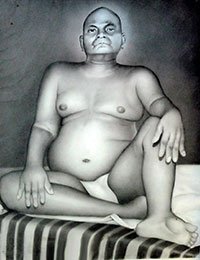
Poojya Kadappa Sachidananda Yogikal
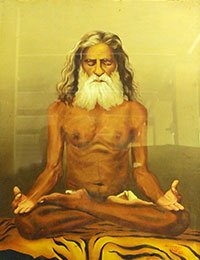
Poojya Vimalananda Yogikal (Chunakkara Swamikal)
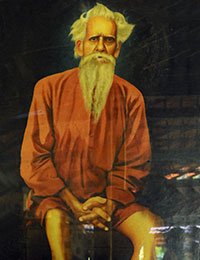
Poojya Nirmalananda Yogikal
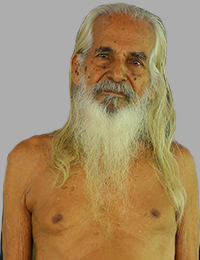
NIthyanandha Yogikal
